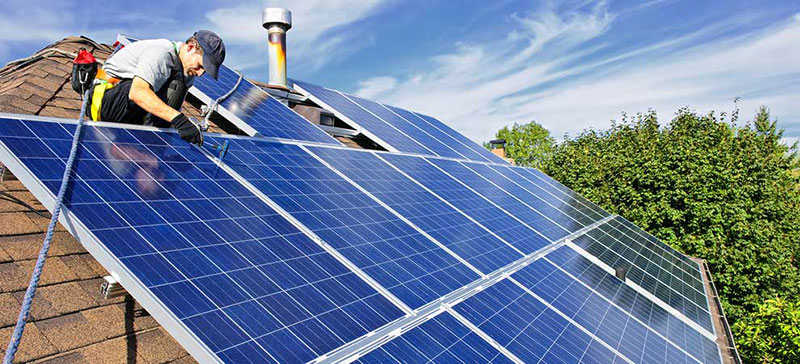Chinese Government Promote the Solar Energy Use in Domestic
BEIJING—China plans to more than double its installed capacity for solar energy electricity in 2014, a move that could breathe new life into Chinese solar manufacturers suffering heavy losses.
In a speech at China's annual national energy work conference dated Monday and released on Tuesday, Liu Tienan, deputy director of the National Development and Reform Commission, the country's top economic planning body, said China would add an additional 10G watts of installed solar power capacity this year.
China's solar power capacity rose to seven gigawatts in 2013, Mr. Liu added. Chinese officials previously said the 2012 capacity was three gigawatts.
The ambitious target would put China's solar capacity within striking distance of its goal of reaching 21 gigawatts of installed solar power capacity by 2015, and suggests the government could either exceed or even adjust its goals.
The state-run Xinhua news agency reported last month that "high-ranking government officials" are considering doubling China's solar-capacity target to 40 gigawatts by 2015 to support local solar manufacturers, citing Meng Xiangan, deputy board chairman of the Chinese Renewable Energy Society.

Back Ground
China's solar manufacturers have suffered from a global overcapacity in solar panel manufacturing and thinning margins. China's State Council, or cabinet, said last month that the industry's problems also include "excessive dependence on foreign markets and broad operational difficulties." Gross margins for solar panels globally have fallen to less than 10% from more than 30% in 2011, according to investment bank Maxim Group.
China has other motivations. Beijing has set targets for limiting increases in carbon emissions, which are blamed for causing climate change. It plans to reduce carbon intensity—the amount of carbon dioxide emitted per unit of gross domestic product—by 17% between 2012 and 2015.
It wasn't clear how China would pay for such a plan, said Aaron Chew, clean-energy analyst at Maxim Group. "The pipeline [for these projects] is real, but lack of financing making the realization of that pipeline is another matter," he said, though he added that China's solar growth should make its 2015 capacity target "easy to beat."
Chinese solar companies accumulated heavy debt between 2009 and 2011 to fund their capacity expansion, but a market downturn left them struggling to make interest payments. Support from local banks and local governments helped carry the weight of the debt.
The country's support of its solar companies has been central to a global fight over solar subsidies between Beijing, Washington and Europe. In what is potentially its largest trade dispute to date, the European Union has accused China of dumping some of the $21.48 billion in solar panels it exported to the EU last year at unfairly low prices.
However, the State Council has said it will reform the industry, such as by encouraging mergers and acquisitions. The cabinet will reduce government support and ban local governments from backing failing domestic solar companies, it said.




